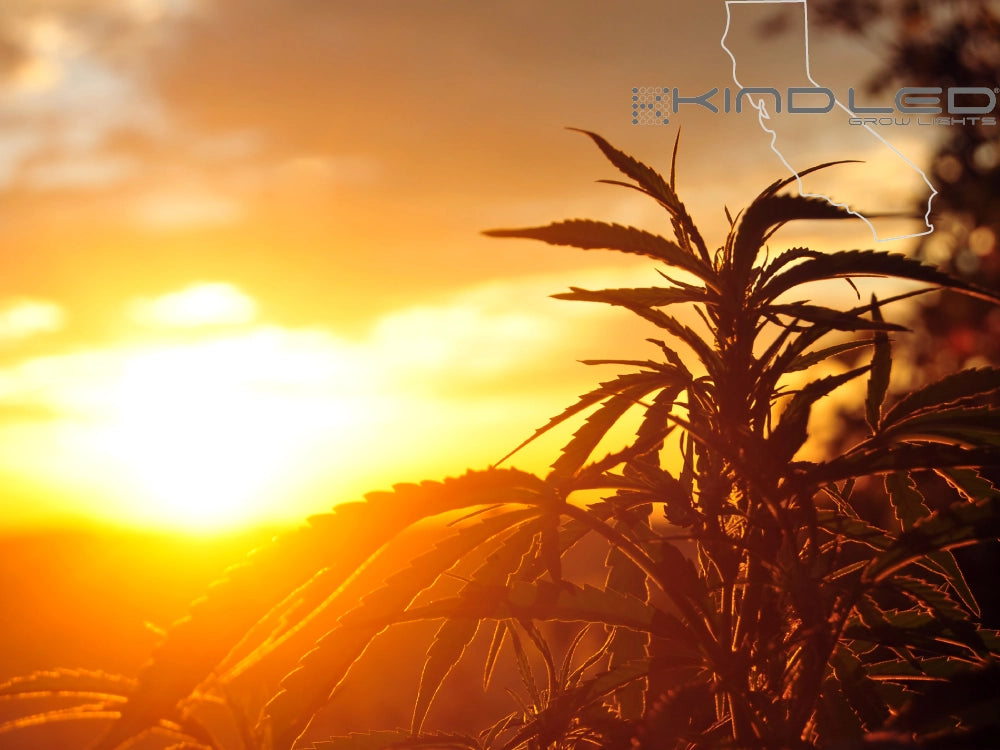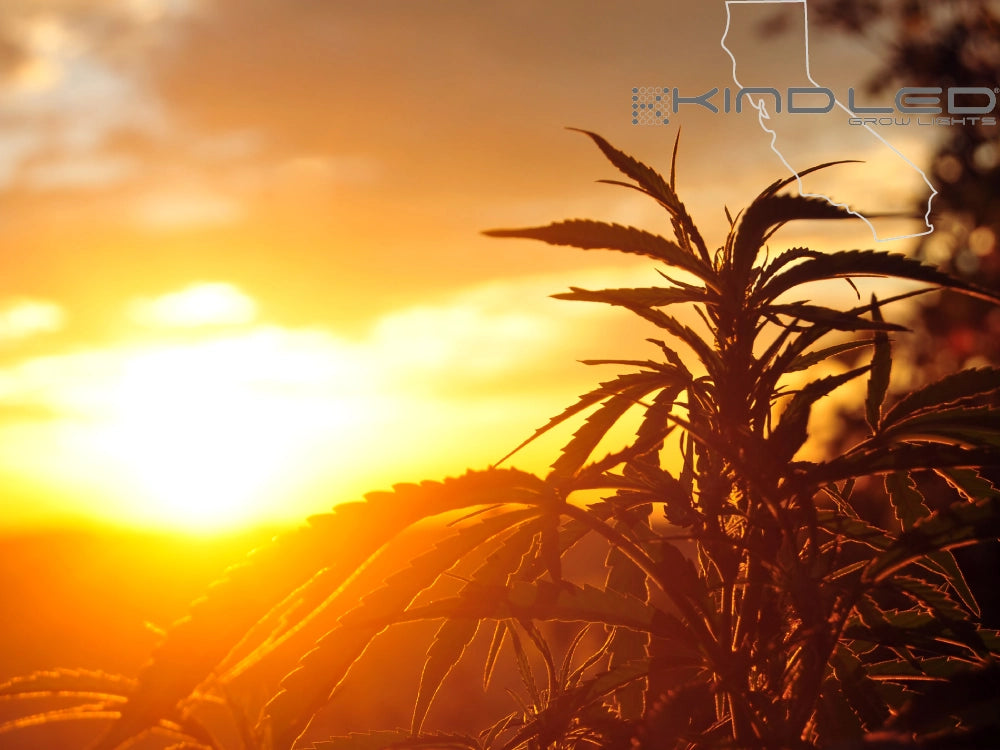A Guide to Growing Cannabis Outdoors

Basking in Nature's Glow: A Guide to Growing Cannabis Outdoors
Growing cannabis outdoors offers a unique opportunity to harness the power of nature for a successful cultivation journey. From harnessing the sun's energy to benefitting from natural air circulation, outdoor cultivation can result in robust plants and flavorful buds.
This blog article will explore the benefits, considerations, and essential tips for cultivating cannabis in the great outdoors.
A Breath of Fresh Air: Maximizing Success in Outdoor Cannabis Growing
Embracing Nature's Elements
Sunlight: Natural sunlight is a primary advantage of outdoor cannabis cultivation. The sun provides a full light spectrum, essential for healthy plant growth and optimal cannabinoid development. Understanding sun exposure patterns in your region and positioning your plants accordingly is crucial for maximizing light absorption.
Air Circulation: Outdoor environments typically offer better air circulation than indoor setups. Adequate airflow reduces the risk of pests, molds, and mildews while promoting strong stem development and preventing excessive humidity levels.
Natural Nutrients: Outdoor cultivation allows plants to benefit from the natural nutrients present in the soil. However, it's essential to conduct a soil test and amend the soil accordingly to provide the ideal nutrient balance for cannabis plants.

Choosing the Right Location
Sun Exposure: Look for a location that receives a minimum of 6 to 8 hours of direct sunlight daily. South-facing areas tend to receive the most sunlight while avoiding shady spots or areas with excessive obstructions.
Privacy and Security: Consider privacy and security concerns when selecting an outdoor growing location. Ensuring that your plants are discreetly hidden from public view minimizes the risk of theft or unwanted attention.
Soil Quality: Assess the soil quality by conducting a soil test. Cannabis plants thrive in well-draining soil with a pH between 6 and 7. If the soil is inadequate, you may need to amend it with organic matter, compost, or specific nutrients to optimize plant health.
Timing and Seasonal Considerations
Germination and Vegetative Stage: Begin germinating your cannabis seeds indoors or in a greenhouse before transitioning the seedlings outdoors. Wait until after the last frost date in your region to prevent potential damage to young plants.
Flowering Stage: Outdoor cannabis plants naturally transition into the flowering stage as daylight hours decrease in the fall. To avoid premature flowering due to light pollution, ensure your plants receive uninterrupted darkness during the 12 hours required.
Pests and Disease Management
Integrated Pest Management (IPM): Implement an IPM strategy to manage pests and diseases proactively. Regularly inspect your plants for signs of infestation or disease and employ organic methods like companion planting, beneficial insects, and natural pest repellents when necessary.
Preventative Measures: Create physical barriers or use organic pest control products to protect your plants from common pests such as aphids, caterpillars, and spider mites. Regularly prune and maintain plant health to reduce the risk of attracting pests or diseases.
Harvesting and Drying
Harvest Timing: Monitor the trichomes on your cannabis plants using a magnifying tool to determine the optimal harvest time. Harvest when trichomes are cloudy or amber, indicating peak potency and flavor.
Drying and Curing: After harvesting, hang the trimmed branches in a cool, dark, and well-ventilated space to dry. Once dry, cure the buds in airtight containers, opening them periodically to release excess moisture. Proper drying and curing enhance the final product's aroma, flavor, and overall quality.




